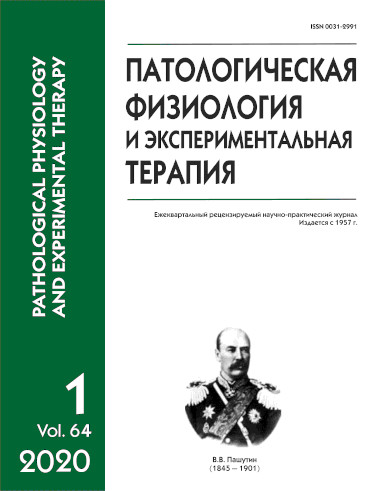Theurapeutic effects of Alflutop in a rat model of femoral fracture
Abstract
Aim. This study was designed to evaluate the therapeutic efficacy of Alflutop (К.О. Biotehnos С.А., Romania) using a rat model of femoral fracture. Methods. In the middle third region of the diaphysis of the femur, two perpendicular holes (diameter, 1 mm) were made, and the bone was manually broken. An intramedullary fixation was performed manually using a stainless Kirschner wire. Alflutop (0.2 and 0.45 ml/kg, i.m.) was injected into the rats daily for 20 days after the injury. The effect of Alflutop was evaluated immediately at the end of the treatment period and 2 weeks after the treatment completion using X-ray (callus formation) and histological data (bone regeneration). Results. The therapy resulted in some cases in partial bone fusion in the fracture line and significantly increased the area of cartilage callus. The most pronounced therapeutic effect was observed on day 35 of the experiment. Histological examination revealed signs of fracture healing in all experimental groups. Immediately after the therapy period, the formation of cartilage callus was observed in the fracture line. In 2 weeks after the therapy, signs of the formation of mineralized callus were noted. Along with the cartilaginous tissue, which was widely present, formation of trabecular bone and bone beams was observed. Two weeks after the therapy completion, the fracture healing process was more intensive in animals treated with Alflutop in either dose. Conclusion. The study confirmed that Alflutop can be used as a concomitant therapy for fracture healing in clinical practice.






